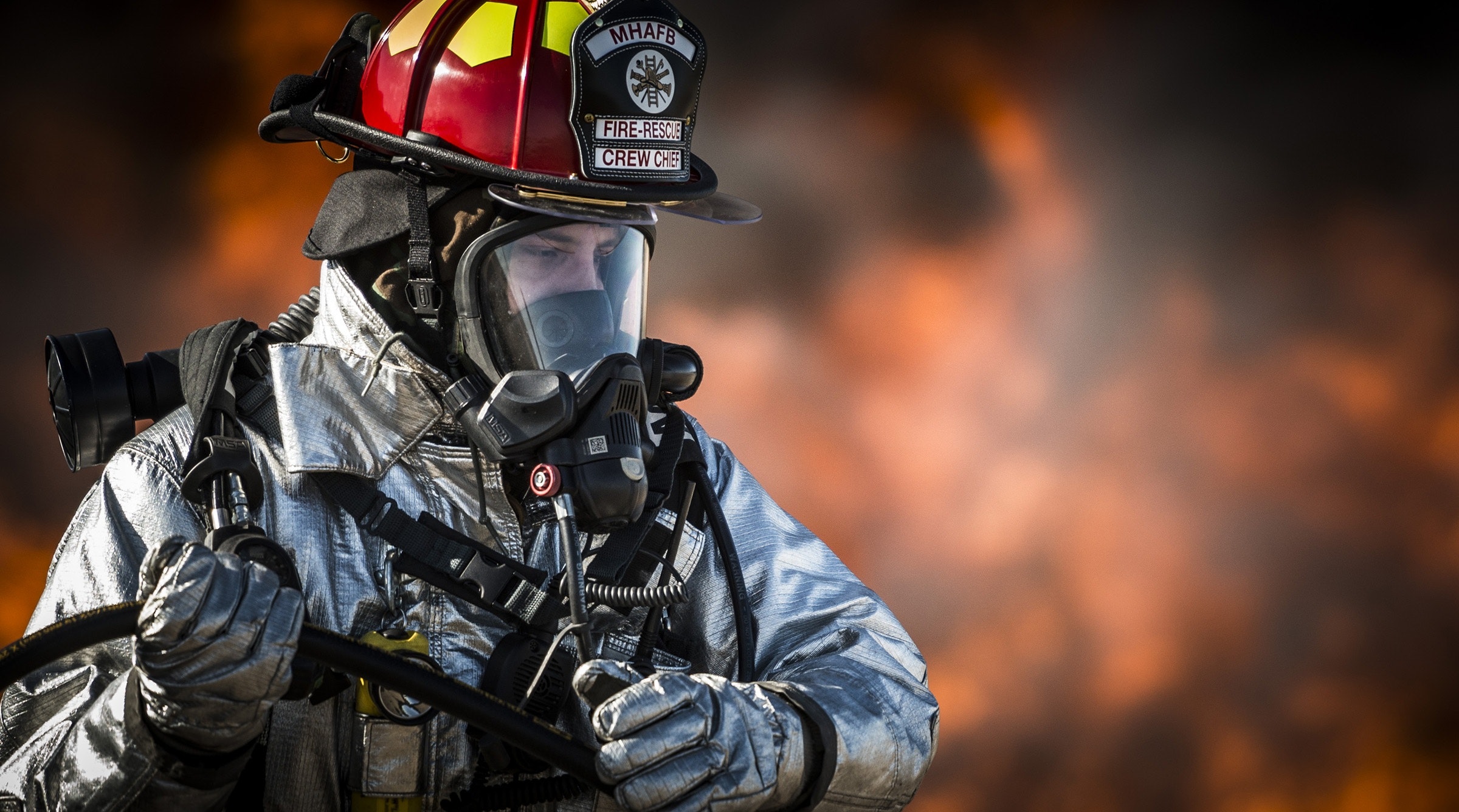Employment Law Report
Stay Cool: Preventing Heat Illness in the Workplace
 Heat-related hazards can affect a variety of workers and workplaces. Without proper employer and employee precautions, exposure to heat can lead to worker injuries, diseases and fatalities; reduced productivity; and Occupational Safety and Health Administration (“OSHA”) citations and penalties. To minimize any health or business risks, employers should be properly educated on the dangers of occupational heat exposure, understand their responsibilities and take appropriate steps to protect workers.
Heat-related hazards can affect a variety of workers and workplaces. Without proper employer and employee precautions, exposure to heat can lead to worker injuries, diseases and fatalities; reduced productivity; and Occupational Safety and Health Administration (“OSHA”) citations and penalties. To minimize any health or business risks, employers should be properly educated on the dangers of occupational heat exposure, understand their responsibilities and take appropriate steps to protect workers.
Heat-related illnesses include heat stroke, heat exhaustion, heat cramps, heat rash, heat fatigue and fainting. Further, all of these illnesses can progress to much more serious conditions and could even lead to death. Other heat-related risks include workplace injuries from sweaty palms, fogged-up safety glasses and dizziness, as well as sunburn, which could lead to skin cancer.
Workers who are exposed to extreme heat or work in hot environments, both indoors and outdoors, who engage in strenuous physical activities and who come in contact with hot surfaces, steam or fire could be affected by heat-related illnesses. As such, illnesses are caused or contributed to by air temperature, relative humidity, radiant heat from the sun and other sources, conductive heat sources such as the ground, air movement (or lack thereof), workload and personal protective equipment worn by workers.
The Occupational Safety and Health Act’s general duty clause, Section 5(a)(1), requires employers to provide a place of employment free from recognized hazards that are causing or are likely to cause death or serious physical harm to employees. This general duty clause therefore also applies to protection from extreme heat and is the authority for most of OSHA’s citations derived from heat-related illnesses or death. While there are not specific OSHA standards addressing occupational heat exposure, an employer’s responsibility regarding heat-related illness may stem from certain standards, including:
- Personal protective equipment (“PPE”) standards requiring employers to conduct a hazard assessment to determine the appropriate PPE to be used to protect employees from identified hazards;
- Recordkeeping standard requiring employers to record certain work-related injuries and illnesses;
- Sanitation standards requiring employers to provide portable water for employees;
- Medical services and first aid standards requiring employers to have individuals onsite who are adequately trained to render first aid if there are no medical facilities within close proximity; and
- Safety training and education standard for construction requiring education and training of construction employers on hazards and unsafe conditions.
To minimize the risk of employee injury and illness, as well as OSHA citations and penalties, employers with workers exposed to heat-related risks should consider the following best practices:
- Establish a heat illness prevention program. This may be part of a broader health and safety program, but should include rest and water breaks in climate-controlled or shaded areas; an acclimation program; a training program; a heat alert program; and possibly a medical monitoring program.
- Schedule rest breaks and make other scheduling arrangements. Breaks should not only be scheduled, but also should be permitted when requested. Further, a work and rest cycle could be incorporated, allowing light work to be performed in cool or shaded areas during rest breaks. Further, a modified work schedule in warmer months, or on days with extreme heat, ensures workers are not doing strenuous outdoor work during the hottest times of the day.
- Provide and remind employees to drink water. Make sure to have adequate amounts of cool, portable water in a work area, periodically remind employees to drink water frequently and schedule and permit water breaks. If employees refuse to drink water, consider sending them home or relieving them of certain job duties for violating workplace safety rules.
- Provide climate-controlled areas and shade. This space can be used for breaks and possibly recovery after recognizing signs and symptoms of heat-related illnesses.
- Implement acclimatization procedures. Acclimatization procedures allow workers to gradually increase their workload and take more frequent breaks as they acclimate, re-acclimate or build a tolerance for heat. Acclimatization procedures should apply to new workers, workers returning after three or more days off and all workers during a heat wave.
- Train supervisors and workers. Everyone should be trained on signs, symptoms and prevention of heat illness, including actions to take if signs or symptoms are experienced personally or exhibited by others. Supervisors should also be trained to monitor weather reports and advisories; assure workloads are appropriate for the weather and a worker’s acclimation; schedule, encourage and monitor worker rest; and regularly monitor workers. Training should be conducted before it gets hot and reinforced on hot days. It should be provided to new, returning or temporary workers. All training should be documented, including signatures by workers for attending training.
- Post information on heat illness. Display informational posters in appropriate languages at the worksite on the signs, symptoms and prevention of heat-related illnesses.
- Provide protective equipment and clothing. This could include heat-reflective clothing, insulated gloves or suits, or a garment with a self-contained air conditioner in a backpack.
- Prepare for emergencies. Provide specific procedures for heat-related emergency situations. Have appropriately trained personnel and adequate medical supplies on site when emergency medical services are not nearby. Ensure that all workers know whom to notify in case of emergency, can explain their location if they need to call an ambulance and know which persons are trained to provide first aid.
Please notify us if you would like to discuss the above best practices with the labor and employment team at Wyatt, Tarrant & Combs, LLP, or if you would like us to review, revise or draft policies and procedures related to preventing heat illness in the workplace.
